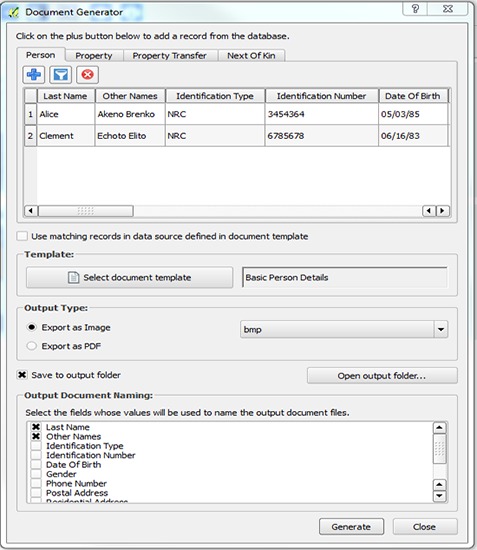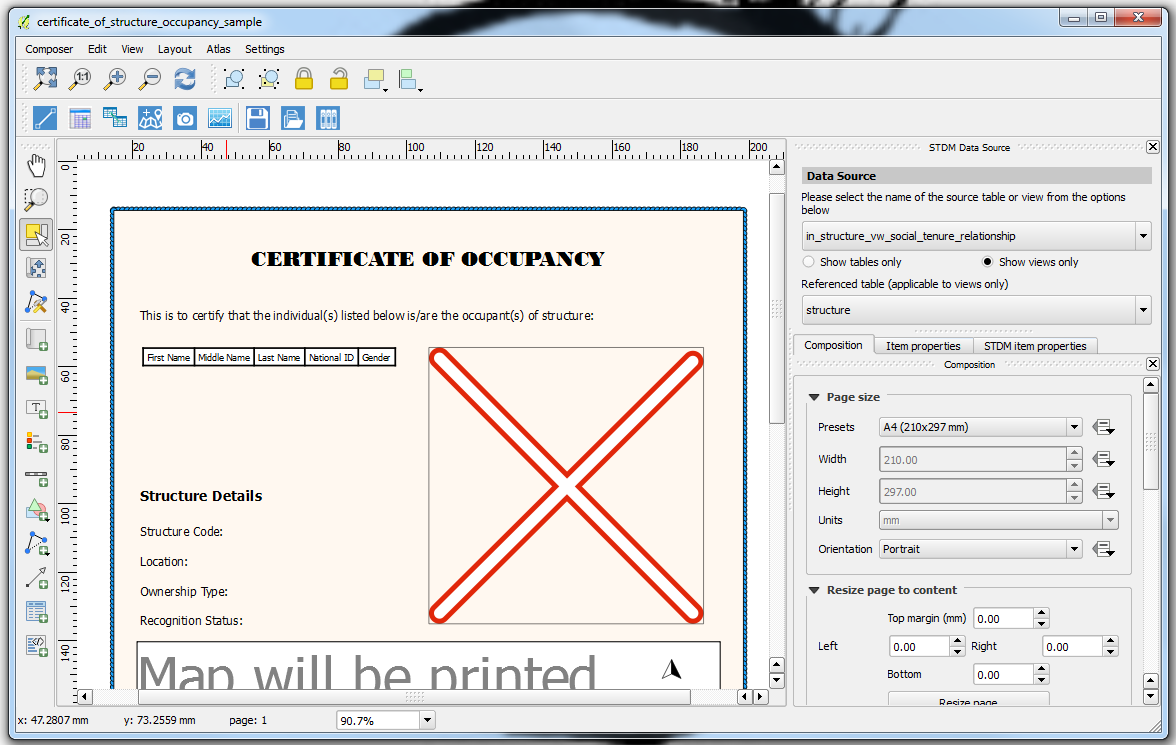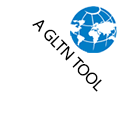Define data profiles and data attributes
STDM allow users to easily create and customize data profiles, define different data attributes that fit well with their questionnaire forms, all done via a simple and intuitive step by step configuration interface.
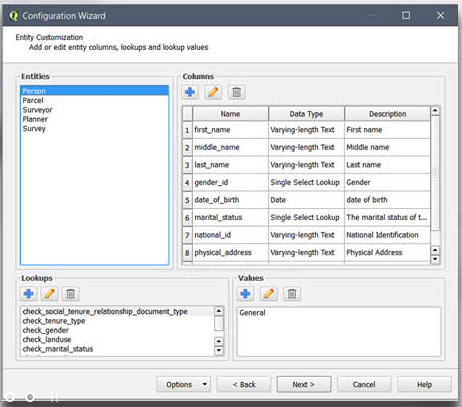
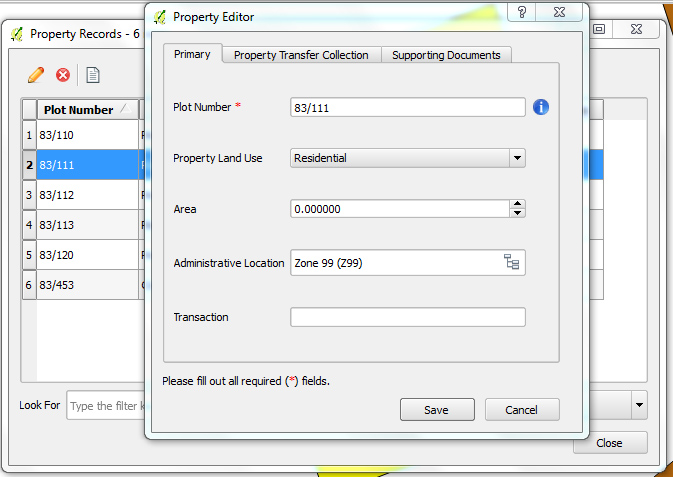
Ready to use Data Forms
No need to hire technical personnel to design data entry forms and connect them to database tables. STDM automatically generates these forms for you based on the tables and corresponding attributes defined in your data profile.
Attach Supporting Documents to Your Records
‘Supporting Documents’ is a key feature in STDM that allows attaching of external documents, scanned or photos of various graphical formats (JPEG, png or PDF) to existing records in STDM database.
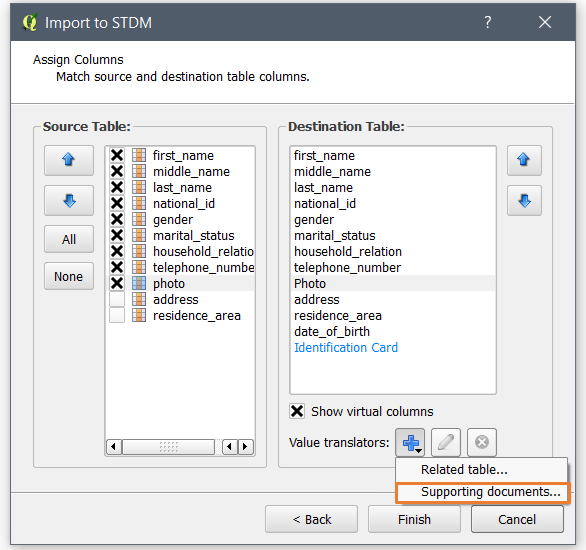
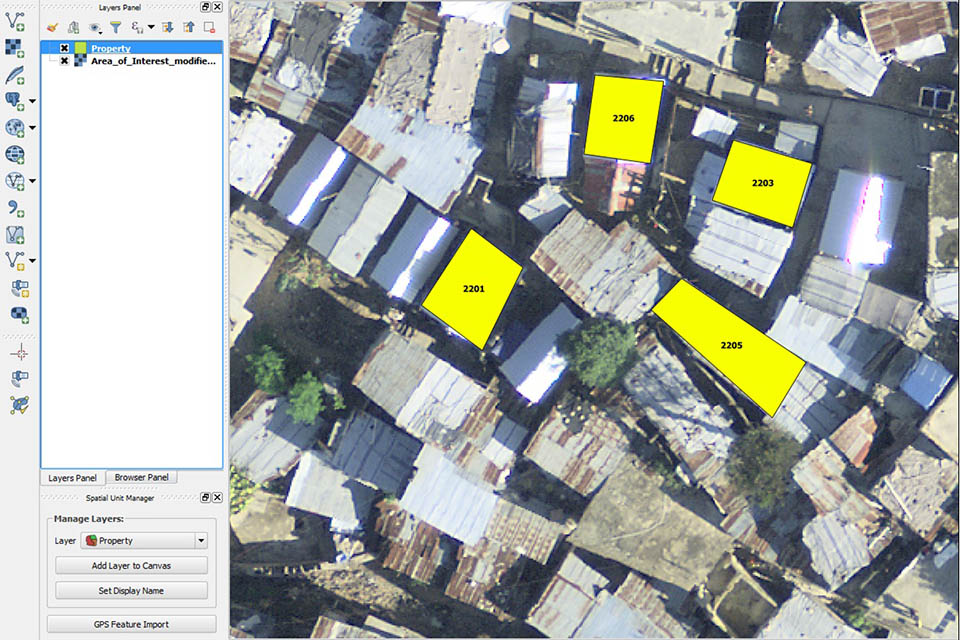
Spatial Unit Manager
This feature allows users to visualize spatial unit in QGIS map canvas by adding spatial layers. Added layers allow digitizing of spatial units using base map imagery. Using the Spatial Unit Manager, digitized data is stored in the relevant spatial unit table in STDM database.
Create Social Tenure Relationship
The key foundation of Social Tenure Domain Model (STDM) is the social tenure relationship that is modelled between parties and spatial units. Using STDM powerful Social Tenure Relationship feature, users can create single or multiple relationships between party and spatial unit easily.
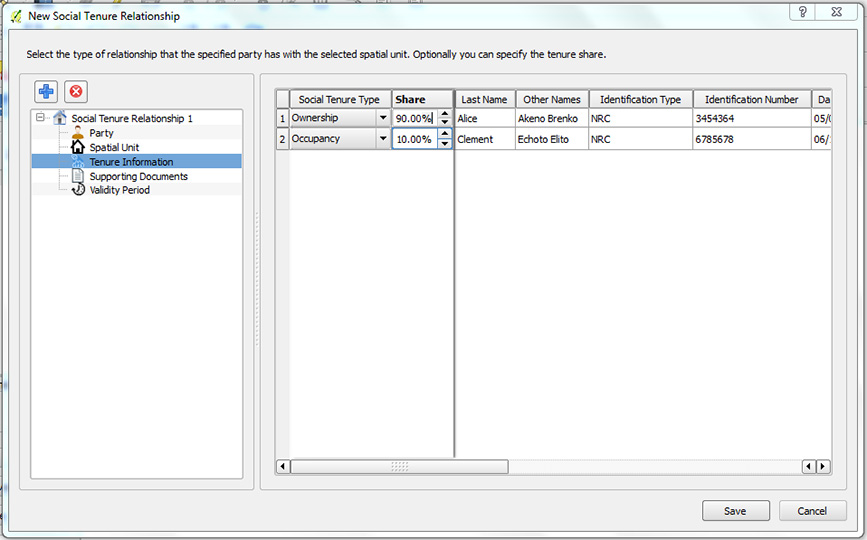
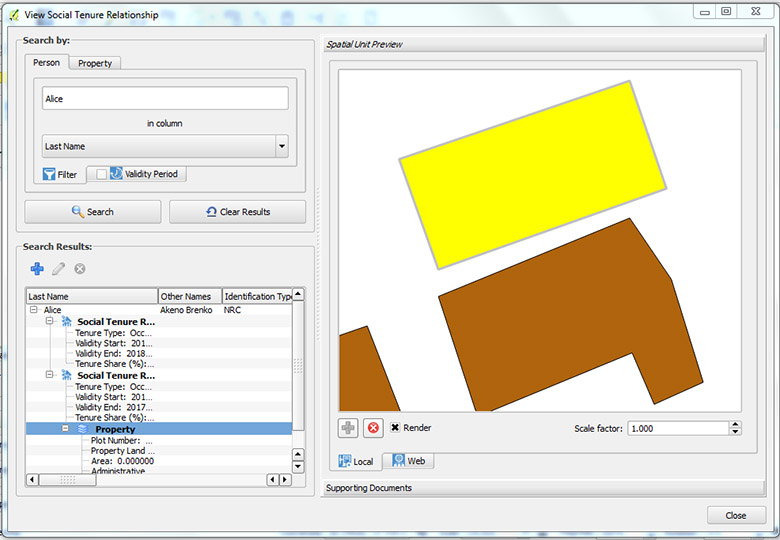
View Social Tenure Relationship
Using a flexible and easy to use viewer, all created party and spatial unit relationships in STDM can easily be searched and viewed. The tool provides a bi-directional search capability, that is:
- Search tenure relationship using Party
- Search tenure relationship using Spatial Unit
Import textual and spatial data
The database import tool allows users to import data from comma separated values (CSV) files, ESRI shapefile, GPS Exchange Format (GPX) or AutoCAD DXF into STDM database tables.
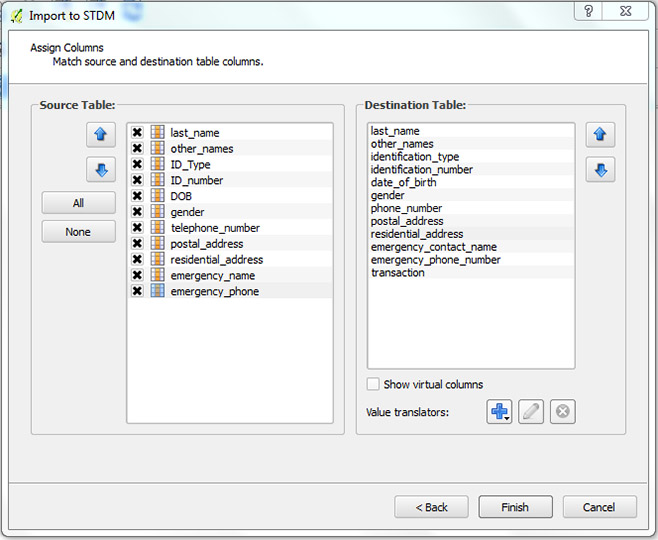
Document Designer
STDM ships out of the box with a fully featured document designer that provide users with features to enable them design and create powerful template documents. These templates are later reused as blueprints to generate various reports and documents.
Generate Documents in Batch
Using templates that read data from the database, users, using the Document Generator facility within STDM can easily select stored records to generate multiple documents in a single run. Generated documents can be saved as image files or PDF format for ease of viewing.
